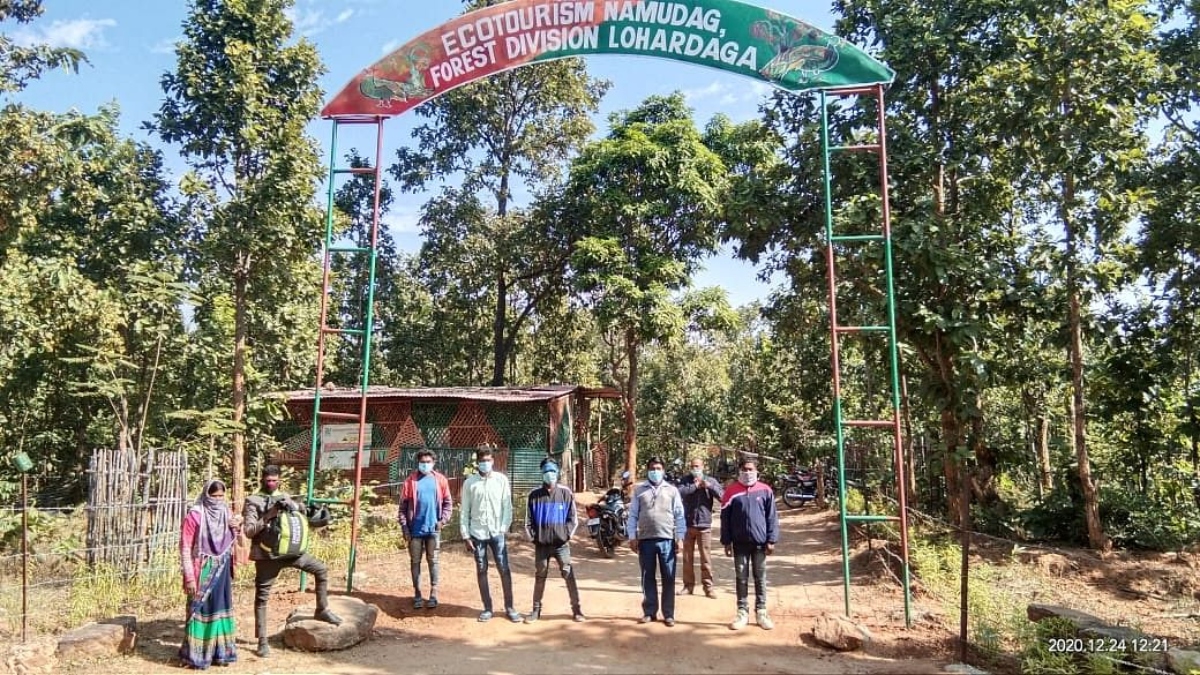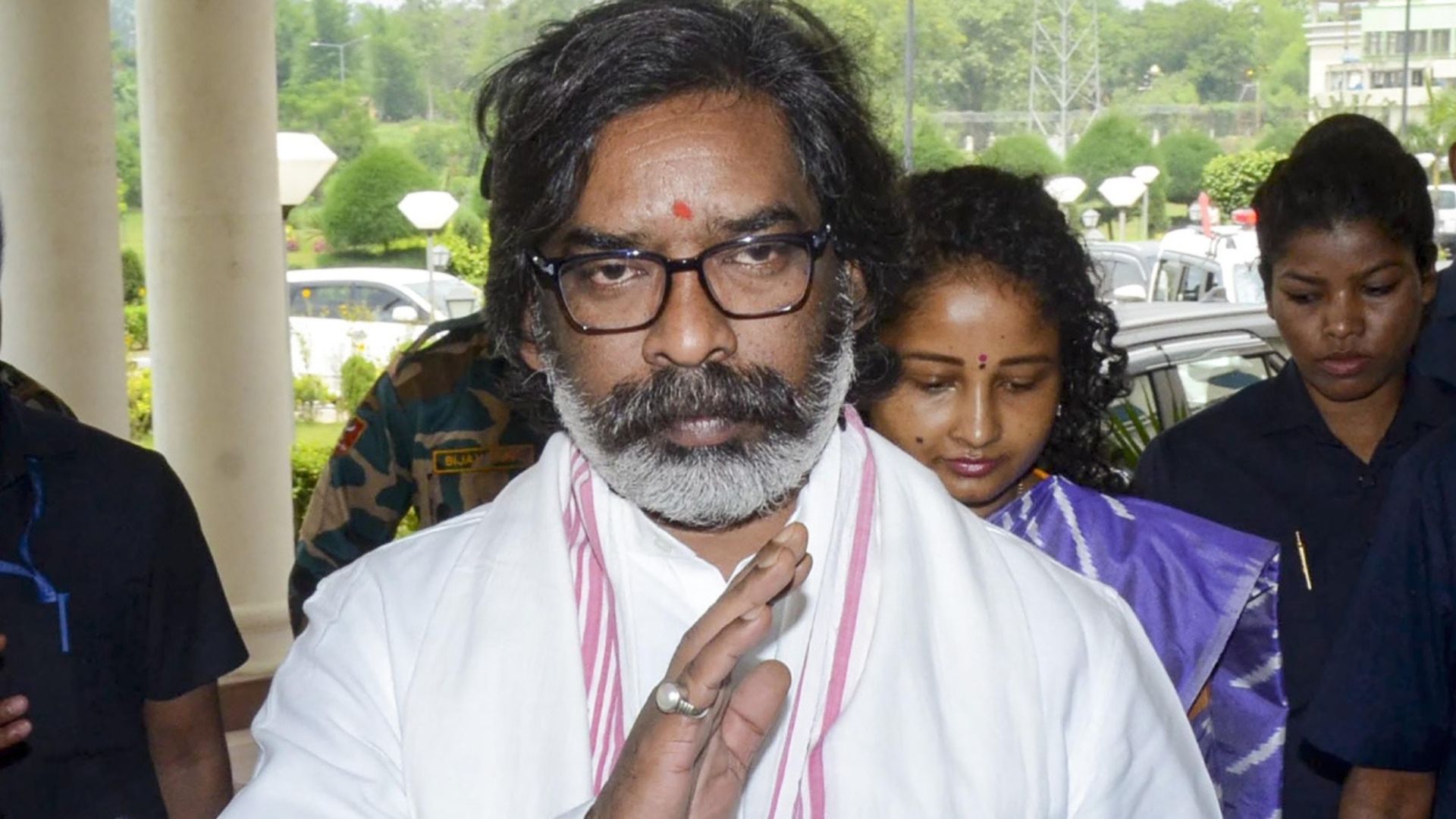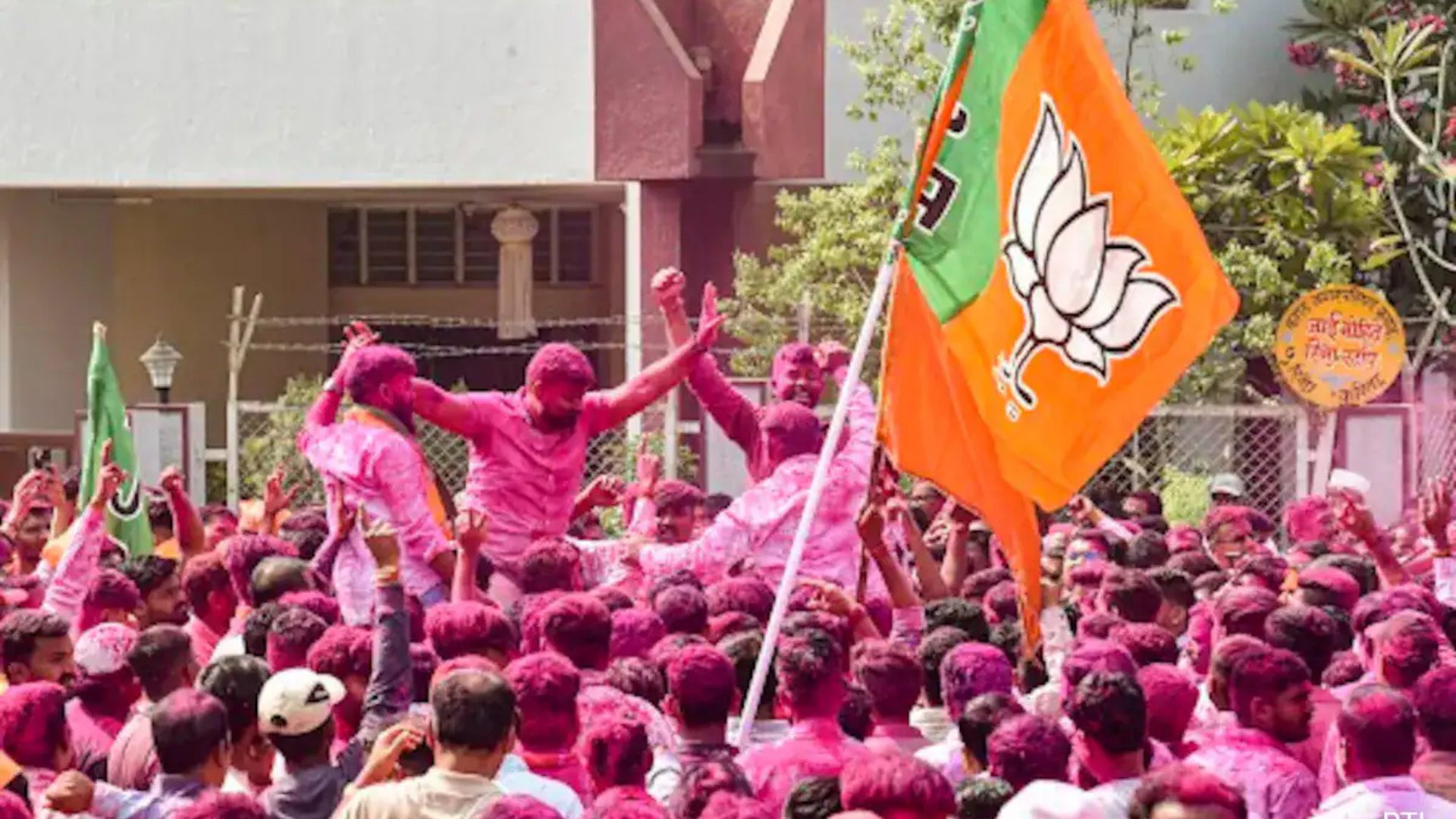
After superannuation in June, 2018, I worked for a few months as Chief Executive Officer of State Planning Board, Jharkhand at the behest of the then Chief Minister, Raghubar Das who trying his best to foster development in a state that had been left behind such other states that had been carved out around the same time. My stint was only for a few months but I had the occasion to travel to interior areas of the state. During one such visit to a remote District, Lohardaga I had a tight schedule but this young Forest Officer, Vikash Ujjwal insisted that I visit a protected forest where he had done some work. Not wanting to disappoint him, I reluctantly agreed. What I saw was truly amazing.
Vikash had taken over as the Divisional Forest Officer, Lohardaga in March 2017. He was on a field visit in the month of March and it was his first chance to inspect the preparatory works prior to fire season. As he started from Kuru Forest guest -house he was shocked and disturbed to see hundreds of poor villagers carrying illegal firewood from nearby forest. As his curiosity grew, he stopped his vehicle to inquire about cutting of trees. He was informed that as the locals didn’t have anything else to do, they were taking timber to sell it in local market to make out a living. When he sought details from the Range Officer about this, he had no clue how this could be controlled. Two issues needed to be addressed, first checking illicit felling and second providing these people sustainable employment. The whole Salgi Protected forest was not in best of shape. It was beset with forest fire, sal stumps, numerous cattle, broken lands etc. There was hardly any dense patch. Range staff was apprehensive of entering the forest citing naxal threat. Vikash grew in his resolve to bring order in the area both in terms of forest management and livelihood generation.
A meeting was soon convened of all nearby van samitis (Joint Forest management committees-JFMC) that had all become defunct due to minimal activity from forest department in last few decades. The first meeting was not well attended. Gradually most of them came onboard and agreed to protect forest patches adjoining their villages in return for the promise for livelihood opportunities. A beginning was made. The Forest department took up a number of initiatives for generating employment. These included afforestation work, soil moisture conservation, beekeeping training and distribution of kits, bamboo craft training, constriction of check dams etc.
It was, however, felt that all the above activities would be insignificant and futile without a sustainable activity that could address both forest management and bring a socio-economic impact of bigger proportion. The idea of Namodag ecotourism emerged out of this necessity. The model of this ecotourism was based on JFMC members managing every activity from entry to exit of tourists. A nominal fee was charged from every tourist and in lieu of that, members of van samiti provided facilities which included parking, cleaning of fall, trekking, guide, sitting Sheds etc. Many shops/ dhabas have come up in nearby area. Banning of plastic plates has surged demand for sal plates from nearby villages. Active support from district administration and engagement of local villagers ensured direct livelihood to atleast 25 people on regular basis. There has been an increased patrolling by forest department based on inputs from JFMC members to nab offenders involved in illegal timber trade. This compelled people involved in illegal timber trade to shift to other activities. Started in 2017, the registered count of tourists visiting here has crossed 2.5 lakhs since its inception, generating enough resource for local community to not only support remunerations to people engaged there but also to have a corpus fund for infrastructure enhancement. During peak days number of visitors reaches as high as ten thousand. Popularity of this place has generated enough buzz to attract tourists from nearby states & foreign countries.
This is a fine example of how effective participatory governance can be. This new activity in this area has resulted in 80 to 90 percent reduction in illicit felling due to rejuvenated JFMCs (Joint Forest management committees). Gradually density of forest is also showing tremendous improvement. There have been signs of return of wildlife (Sloth Bear, Deer, Porcupine, Fox and avifauna etc.) recently. Better waste management has ensured responsible tourism. Increased reporting of offences from villagers has not only resulted in checking forest encroachment but also effective enforcement of forest laws. The Salgi JFMC has been awarded best JFMC in the division in the year 2017-18 for their incredible work. Area once degraded has now bounced back to greenery as visible in the satellite imagery.
With reduced incidences of illicit felling and any major forest fire in last 4 years due to better vigilance of Joint Forest Management Committees (JFMC), ecological restoration started to happen. As a result, various niches of other dependent species started to bounce back. Population of avifauna and other wildlife started to increase which directly had an impact on pest control in nearby agricultural fields. Pollination increased as population of pollinating bees increased. This resulted in overall agricultural production in nearby agricultural fields. Trees here have more vigour, thus overall MFP production increased many folds. In a recent survey forest dept discovered that river Auranga which had receded in the past to almost a kilometer down, has again reclaimed its original regime. Due to better water retention capacity of the forest now, perennial character of the river’s origin has regained its lost origin. This has not only motivated forest department to further efforts towards conservation but also brought locals closer to the idea of conservation as they have cultural values attached to the origin of rivers. Similar impact is also observed in other rivers and streams originating in this forest.
The success at Namodag has inspired many other van samitis. They are now planning to replicate potential eco-tourism sites at Dhardharia, Lavapani, Chulhapani,Juriya etc. The idea now is to connect other villages by expanding the tourism avenues to Mahadeomanda, Trek to Domohuna peak, Chulhapani etc. so as to create a complete tourism circuit in this area. In order to reduce the chances of forest fire in future, a briquetting plant is being setup with the help of District administration which envisages use of agricultural waste and dried leaves on the fire-lines of forest floor in making briquettes. It will be used as an alternative to fuel-wood and will be supplied in local industries and market. This will also generate green jobs for hundreds of people relying upon illicit fuel-wood for livelihood and will improve the overall carbon footprint of the district.
Officers like Vikash demonstrate that it can be made-to-happen despite all the constraints and problems. It requires vision, commitment, meticulous planning, dedicated team work and, above all, empathy, all of which this young and bright officer possessed.
Anil Swarup has served as the head of the Project Monitoring Group, which is currently under the Prime Minister’s Offic. He has also served as Secretary, Ministry of Coal and Secretary, Ministry of School Education.















